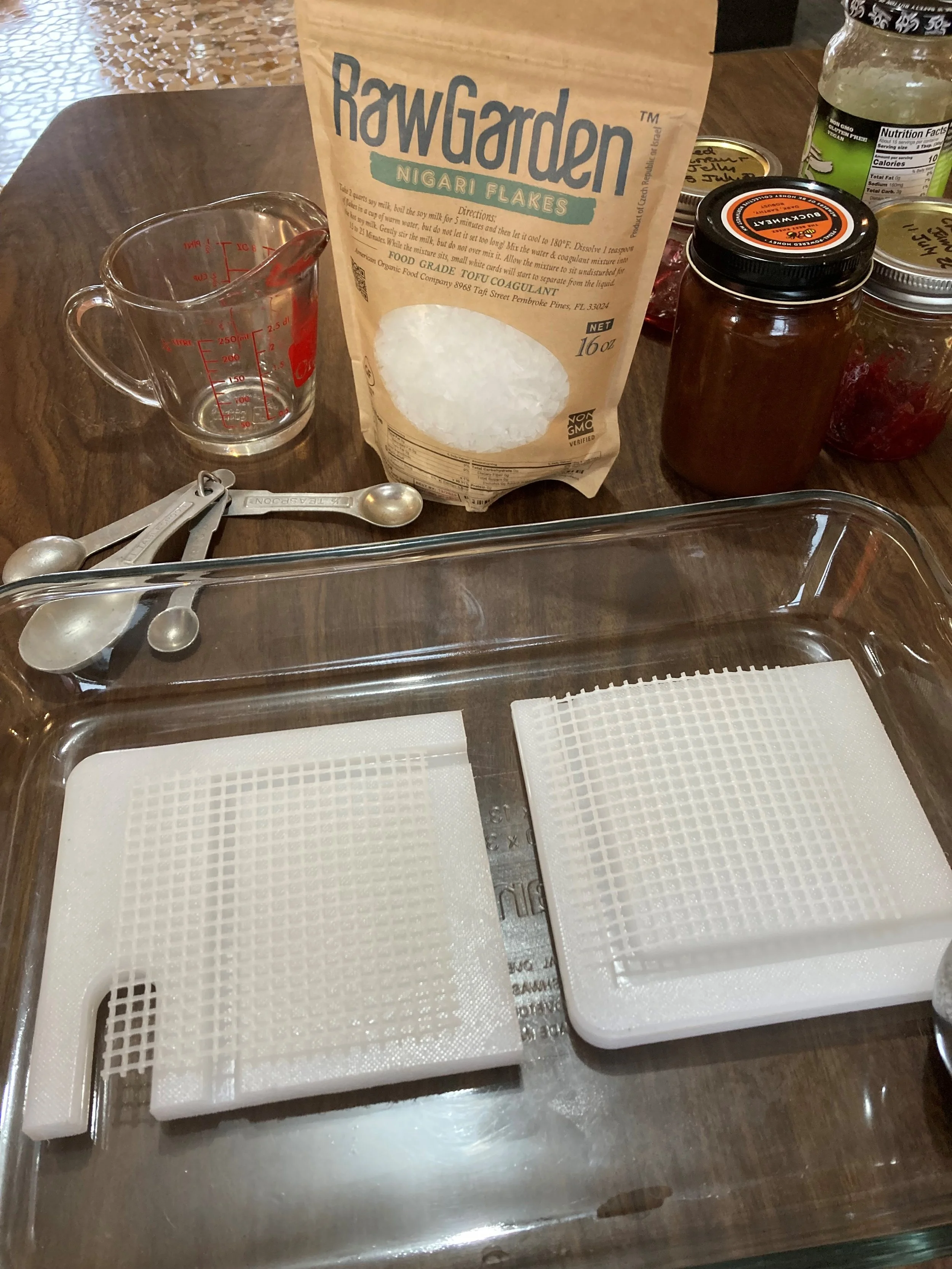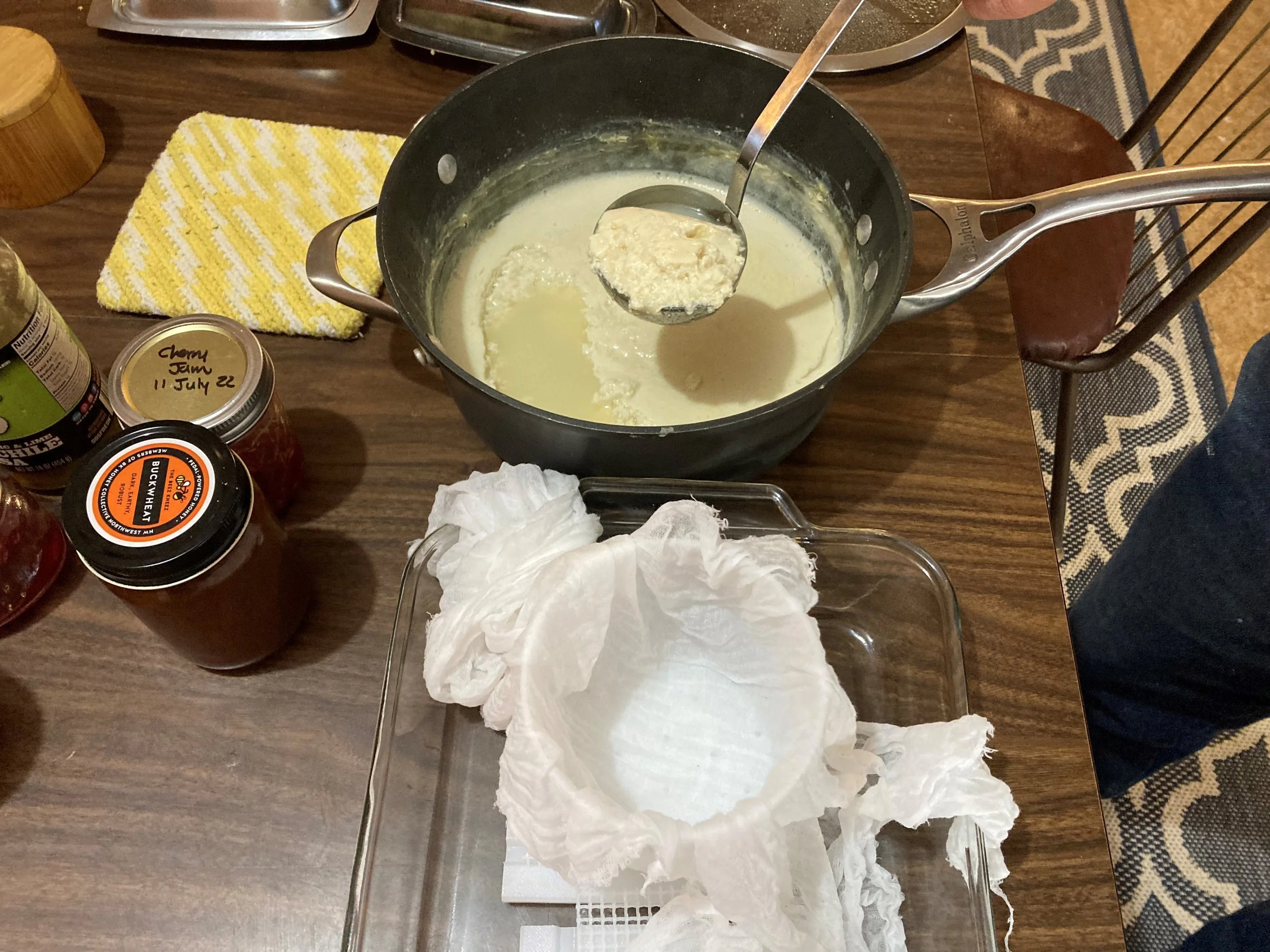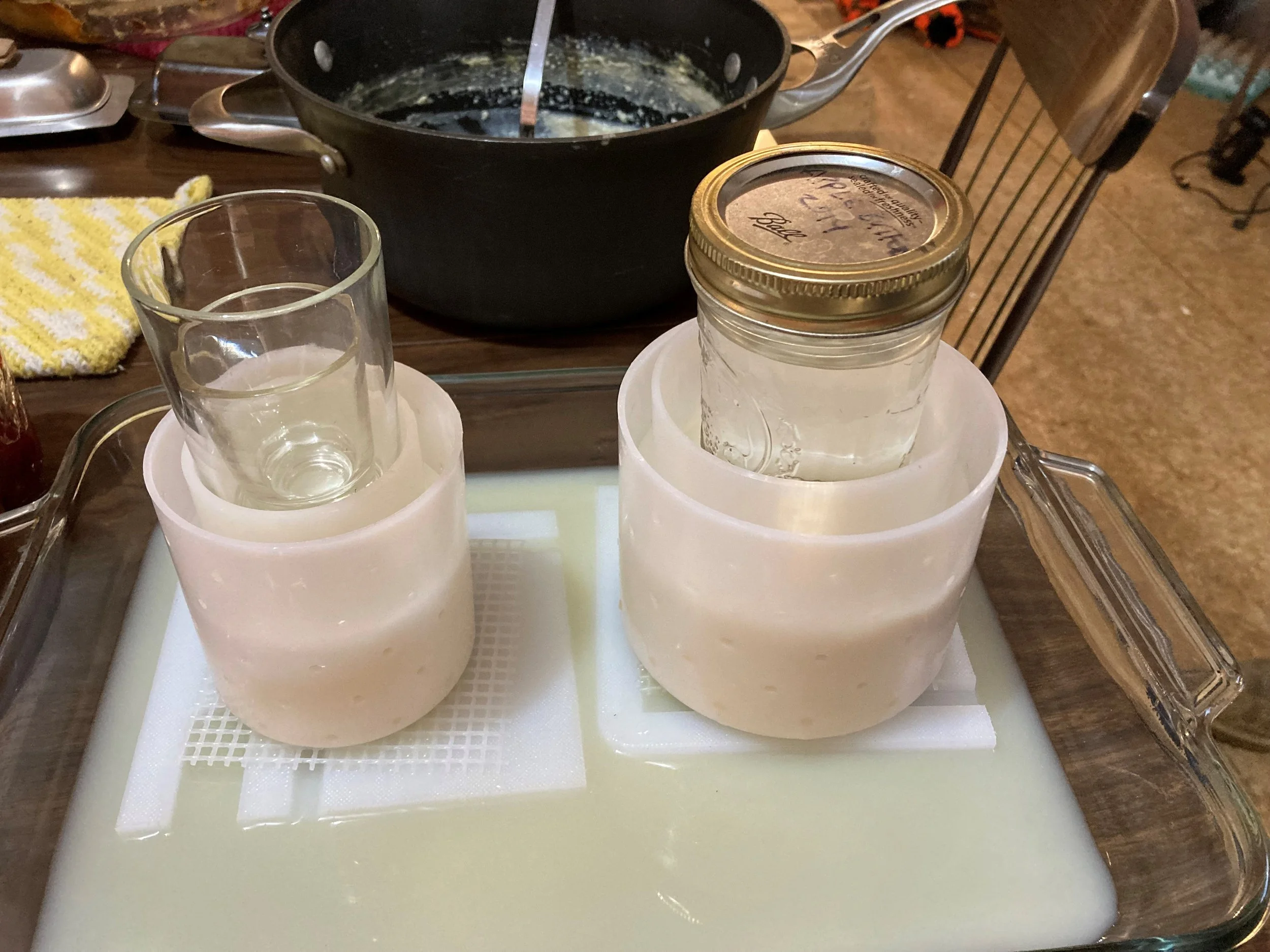Foraging journal: Gleaning and other skills
Last year Michael mentioned that we could gather some of the bounty left in the fields after harvest. This year I took him up on that challenge in a small way. During a couple of dog walks, I invaded a neighbor’s field to glean soy beans.
Gleaning is an old tradition where locals gather whatever is left in the field after harvest. Some places have institutionalized this idea for food banks. There is not much call for raw soy beans anywhere I know, and I have to say that it would take a lot of work to gather significant quantities of soy from these fields. But for experimentation sake, it was worth the walk.
Michael husked my beans and we composted the husks, saving the beans for an opportune moment. As there is never an opportune moment around here, Michael hauled off and started soaking beans a couple of days ago.
You will note that the beans are now bean-shaped, and at least doubled in size. Why would we be soaking beans? I suppose we could have tried cooking them as a pinto bean, but instead we decided to try making tofu.
To one cup of soaked beans we added a cup and a half of our lovely well water, then blended.
We ended up with five batches of blended beans, which had this amazingly thick foam on top. The instructions we read said to be careful at this stage and constantly stir the mixture until it boiled. Apparently, soy solids burn easily.
I could tell something was happening because all that foam went away. Interesting. The next step was to put the slurry into a muslin cloth and wring the milk away from the lees. Michael and I were both so busy handling hot soy milk to take any photos of this step of the process.
As I saved the lees, which are called “okara”, I at least have a photo of what was left over after we strained out the soy milk. It is about the consistency of masa harina, or corn tortilla dough. I also don’t have photos of cooking the soy milk and adding nigari, or magnesium choride, which actually was like watching paint dry. You stir the milk until it reaches about 170 F, and then add the nigari, stir a couple of times, cover and let sit for half an hour.
Michael ordered nigari on line. We had to make the nigari solution just before putting it in the hot soy milk. Michael also dug out some of our old cheese-making equipment. The processes are strikingly similar, only tofu is like a fresh cheese, meant for immediate consumption.
We loaded the curd into forms, put the tops on and found weights and left them for about a half an hour. Because we are using cheese, not tofu, forms, our tofu turned out round. Look at all that liquid! I tried some and it was not unpleasant, but nothing to brag about either. The house plants ended up drinking the soup as it is high in nitrogen. Beans are that way.
Was the experiment worth it? Home made tofu has a similar texture to firm store bought tofu but tastes better. Michael calls it a nuttiness, or perhaps just a more complex flavor. It is much cheaper to make, especially if the beans are for free! But we can buy a 50 pound sack for $25, which combined with the cost of the nigari, might come in at less than $1 for a meal’s worth. We pay close to $5 for that much tofu at the store…and by making it we get the house plant fertilizer and the okara as extras. Those are okara cookies. They are tasty, but a bit texturally challenged. I believe I will experiment around with the recipe. Making tofu at home involves a time component. We hope that with practice we will get more organized and thus more efficient. If you can do the various boils in between working on other things, it should not be that burdensome.
For dinner tonight I made okara patties. Dipped in sweet Thai chili sauce, they were magnificent. Who doesn’t like fried things? I made them with carrots, green onions, sliced up nori (sea weed), almond flour, corn starch, truffle salt and a bit of water. Yes, I have a strange mix of things in my larder. The stir fry was with carrots, onions and cabbage from the garden, and some thin noodles and black bean sauce (more soy!) from my local Asian food store (which is about 70 miles away). Michael and I are stuffed!
We just learned a new thing, or maybe five. Like many of our adventures, it involved food. This food ties us even more to the land around us.
We hope to feed soy beans in all their various glories to these wonderful people sometime soon.

















